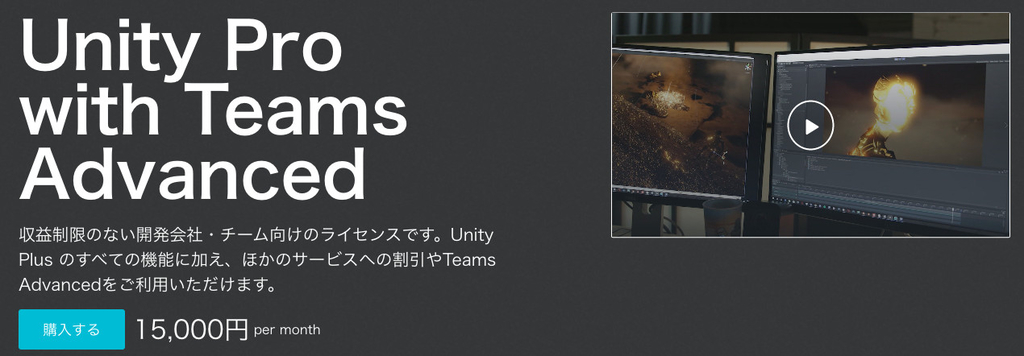
Visibility for Your Invisible GameObjects
Magic Markers lets you attach procedural marker meshes to any GameObject or prefab. The 3D markers are visible and selectable in the Scene View of Unity during editing. Unlike 2D "billboard" icons, Magic Markers are easy to visualize within the world space of your scene.
In addition to various predefined shapes, you can use your own custom low-poly meshes for marker shapes of your choice. Magic Markers can automatically detect and visualize the Box, Sphere, Capsule, and Mesh Colliders on a GameObject as well.
Magic Markers may optionally be enabled for rendering in-game at runtime. Although this is intended primarily for testing and debugging purposes, the runtime feature can be used for special cases such as quest targets or “points of interest” on a level map or mini-map. No per-frame runtime GC allocation (unless runtime auto-grounding is enabled, which is rare).
Magic Markers are great for making invisible game objects and colliders visible to programmers, level designers, and play testers, or to players and modders for games with runtime level editing.
Suggested Uses
* Player and NPC Spawn Points
* Patrol Way-Points
* Designer To-Do Placeholders
* Visible Mini-Map Markers
* Scene and Game Manager Objects
* Origins for Procedural Geometry
* Empty parent GameObjects for Prefabs
* Quest Destinations and Targets
* Mark Particle and Sound Effect Emitters
* Self-Identify Object with Runtime Error
* Crafting Station & Furniture Markers
* Teleport or Scene Load Destinations
* 3D Replacements for Unity Gizmos
* Trigger Zones for Player Detection
* Boundary Colliders
Features
* Procedural geometry and appearance; no texture files required.
* Select “invisible” objects directly in Scene view; no more clicking similarly-named objects one by one in the Hierarchy to find the one you want to edit.
* Multiple predefined marker shapes: Alert, Booth, Camera, Capsule, Circle, Cube, Diamond, Emitter, Flat, Question, X-Mark.
* Make your own shapes as a C# script with stored vertex coordinates (in arrays).
* Use your own low-poly mesh or Unity primitives with the Generic marker type (no materials required).
* The Collider option detects and makes visible all Box, Capsule, Sphere, and Mesh Colliders on a GameObject.
* Included utility helps create C# source code from a Unity MeshRenderer component.
* Marker types are stored as asset files. Reuse your marker type assets between projects.
* Purpose-built texture-free, unlit shader included.
* Optional wireframe accents rendered by shader (on platforms supporting SM 4.0 or higher).
* Custom shader works on SM 2.5 and higher, gracefully adapting features to the target platform.
* Markers can be individually controlled for in-game visibility. Deeply configurable camera selection.
* For debugging in the Editor, or invoked from an in-game developer console, a single line of C# code can temporarily make all Magic Markers visible in-game.
* Markers optionally follow surface contours (including terrain) as they are moved in the Scene view.
* Change any Magic Marker's appearance dynamically with C# scripts (examples included).
* Clean, well-commented C# and shader source code included.
* Detailed and illustrated User Manual, video tutorials, and included example scenes. Magic Markers installs in seconds, but solid documentation will help you use the asset to its fullest.
* No GC allocations after initialization, except for one frame when Magic Markers are dynamically modified by C# code.
* Supports all Unity releases from 5.4.6 through 2018.3 (betas are not officially supported).
* Works in Unity Editor on Mac OSX or Windows, and in runtime on Windows, OSX, Linux, Android, and WebGL (other mobile devices and consoles probably work but are not formally supported).
* Currently does not support LWRP or HDRP, but will work with Standard Render Pipeline even in the most recent Unity versions.
Forum Thread
Bitbucket Repository (Download documentation and runnable demos)








